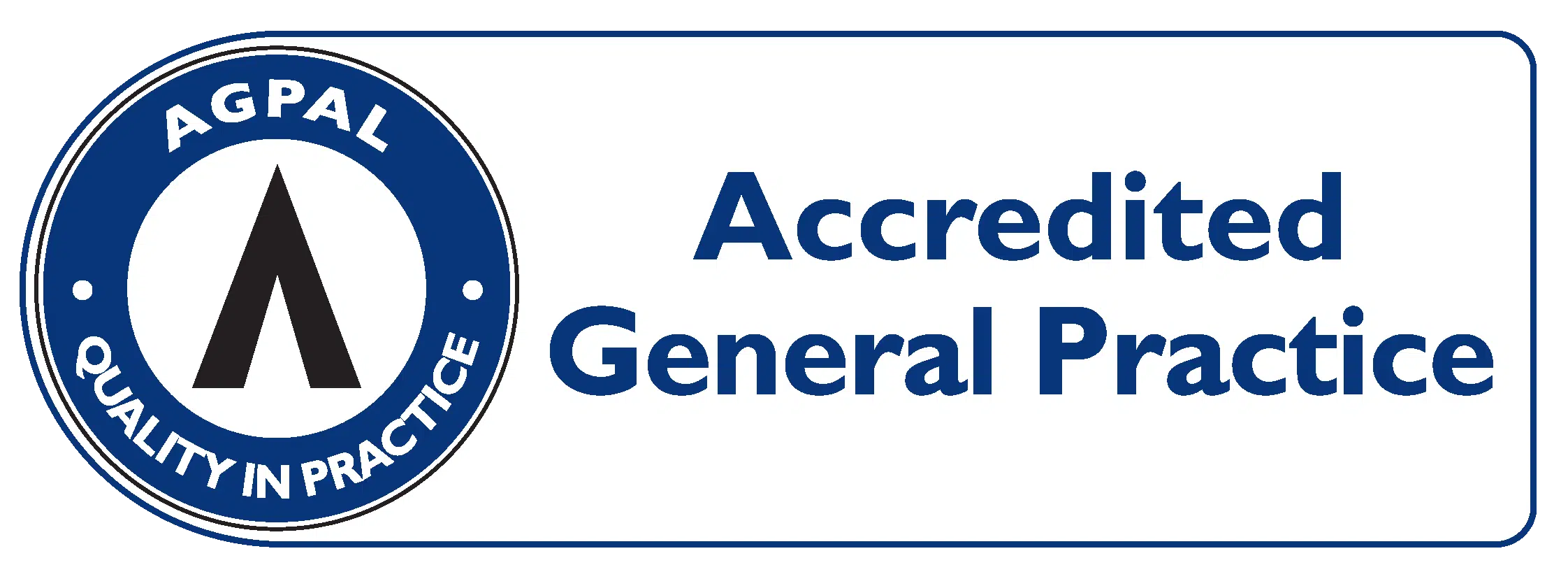Bone Health
Healthy Bones for every body.
Osteoporosis can significantly affect everyday life. About 30% of people with osteoporosis experience some limitations to their daily activities and 15% experience severe restrictions in their daily life.
The aim of early diagnosis and treatment for osteoporosis (and managing osteopenia) is to prevent any initial fracture occurring.
If a fracture does occur the main aim of treatment is to reduce the likelihood of more fractures.
What is osteoporosis?
Osteoporosis develops when bones lose calcium and old bone cells, faster than the body can replaces them. As a result, bones become fragile and brittle. The more fragile the bones are, the more likely they are to fracture or break. A minor trauma that might normally result in a bruise or a scratch in a healthy adult can cause a fracture in someone with osteoporosis. Sometime fines can fracture without any trauma at all.
What are the complications of osteoporosis?
The most common complications of osteoporosis are fractures. They can happen in the hips, spine and wrists. These types of fractures can cause long-term pain, disability and loss of independence. Osteoporotic fractures that occur in the spine can also lead to changes in posture (e.g., stooped back) and severe loss of height.
What are some of the risk factors for osteoporosis?
Research has identified some common risk factors for developing which mainly applies to patients over 50 years but can also apply to younger adults:
- Menopause and loss of estrogen
- Age
- Family history
- Some medications especially corticosteroids
- Nutritional deficiencies
- Sedentary lifestyle,
- Poor diet,
- Certain medical conditions, can affect your bones and increase osteoporosis risk, as can the long-term use of some medicines (e.g., corticosteroids).
How do we diagnose osteoporosis?
A diagnosis of osteoporosis is made by a test called a dual energy X-ray absorptiometry (DXA/DEXA) scan to measure bone mineral density (BMD).
This test is quick and painless, like an X-ray.
The scan produces a result called a T-score which shows how different patient’s BMD is from the BMD of an average young adult.
- Diagnosis if osteoporosis is made if the T-score is –2.5 or lower.
The lower the T-score is, the more brittle the bones are, and the greater the risk of fracture.
- If the bones are weaker than normal, but the T-score is not low enough for an osteoporosis diagnosis, then the patient has osteopenia.
A diagnosis of osteopenia is an early warning sign that actions need to be taken to reduce the risk of osteopenia becoming osteoporosis.
How do we treat osteoporosis?
There are a number of ways to help manage osteoporosis and prevent fractures, some include:
- taking osteoporosis medicines
- ensuring sufficient calcium and/or vitamin D levels
- reducing the risk of falls.
- Lifestyle changes
Lifestyle Changes
To prevent, reduce or treat Osteoporosis or osteopenia lifestyle changes may be required. These could include:
- limiting alcohol consumption
- stop smoking
- some weight-bearing exercise including jogging, aerobics and dancing
- some resistance forms of exercise including lifting hand or ankle weights
- Examples of resistance training are lifting hand or ankle weights.
Osteoporosis is a common condition which causes significant pain and reduction in Quality of life. It may be preventable and it is treatable through a team approach including: the patient, their doctor, dietitian, exercise physiologist or a physiotherapist, occupational therapist, optometrist as well as possible involvement of endocrinologist and a pain specialist may be needed.
References
- Royal Australian College of General Practitioners. Clinical guideline for the prevention and treatment of osteoporosis in postmenopausal women and older men. East Melbourne: RACGP, 2010 (accessed 11 August 2015).
- Milk intake and risk of mortality and fractures in women and men: cohort studies Karl Michaelson et al. BMJ. 2014.
- https://www.nps.org.au/australian-prescriber/articles/treating-osteoporosis-1Pharmacological prevention and management in older people
- Volume 41, No.3, March 2012 Pages 110-118




